Alright, it's me and my thoughts again! I was thinking deeply about something that aroused my curiosity. Naturally, I am a deep thinker, curiosity killed the cat but not in my case! It instead drives me to find facts. It's winter season over here and temperature can go as low as -25 degrees, the time you would not want to stay outside for long if you are not properly geared up for it. I have observed two things happen for a long time now, first is that most of the trees here ironically look dead in appearance when you look at them.
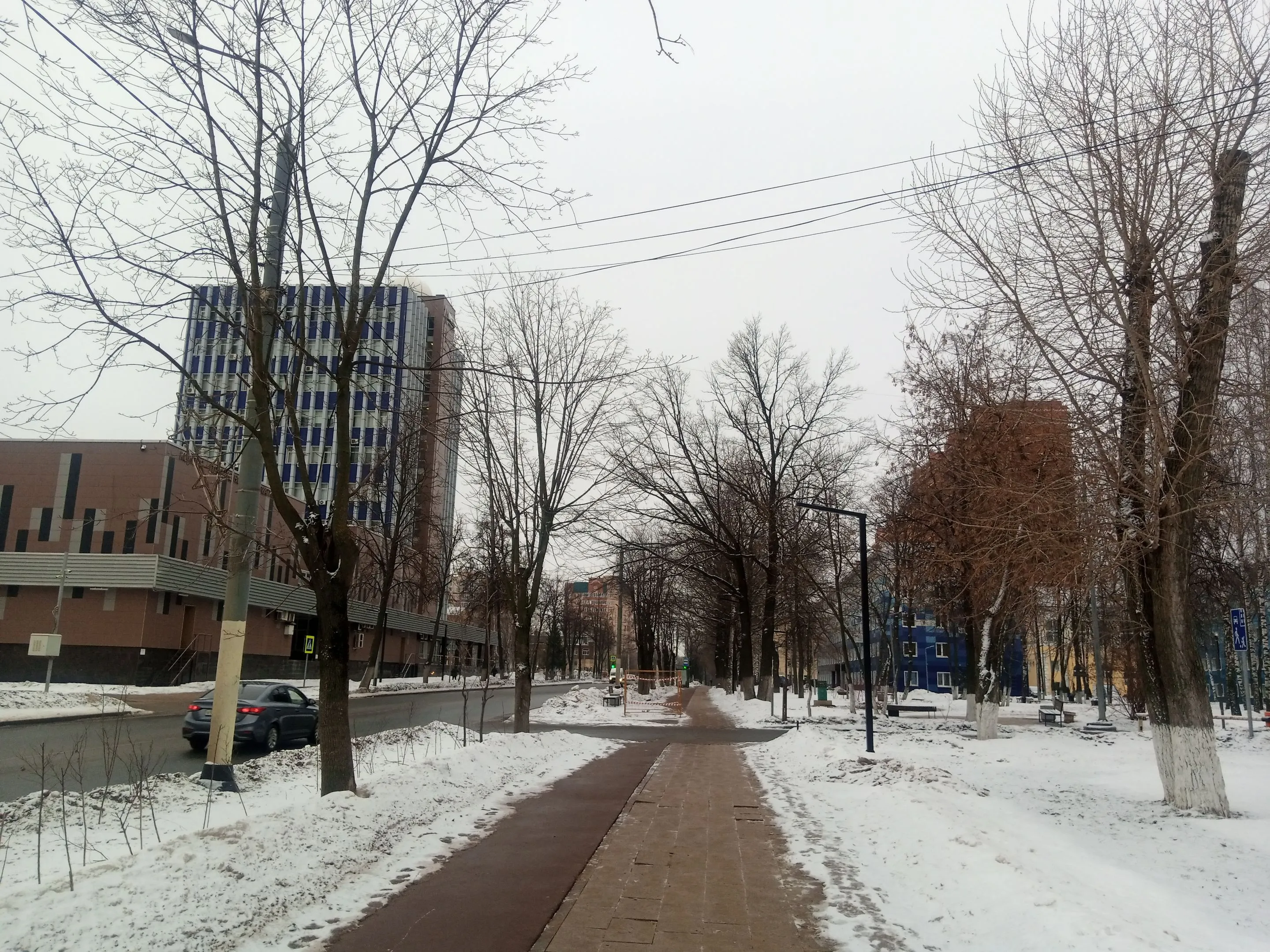
Yeah, to some that probably were been born in some of these European countries, it might really not be a new thing or a big deal. You sure might have been seeing it happen every year. After all, the trees will eventually grow back their beautiful leaves during the spring. This is just my thinking. I decided to ask my colleague this question, "Uhhm, why are these trees looking as if they are not alive?" He chuckles and replies to me, "They usually look like that during winter, wait until spring (the season after winter), and you will see them grow back their beautiful leaves". Just as I thought!
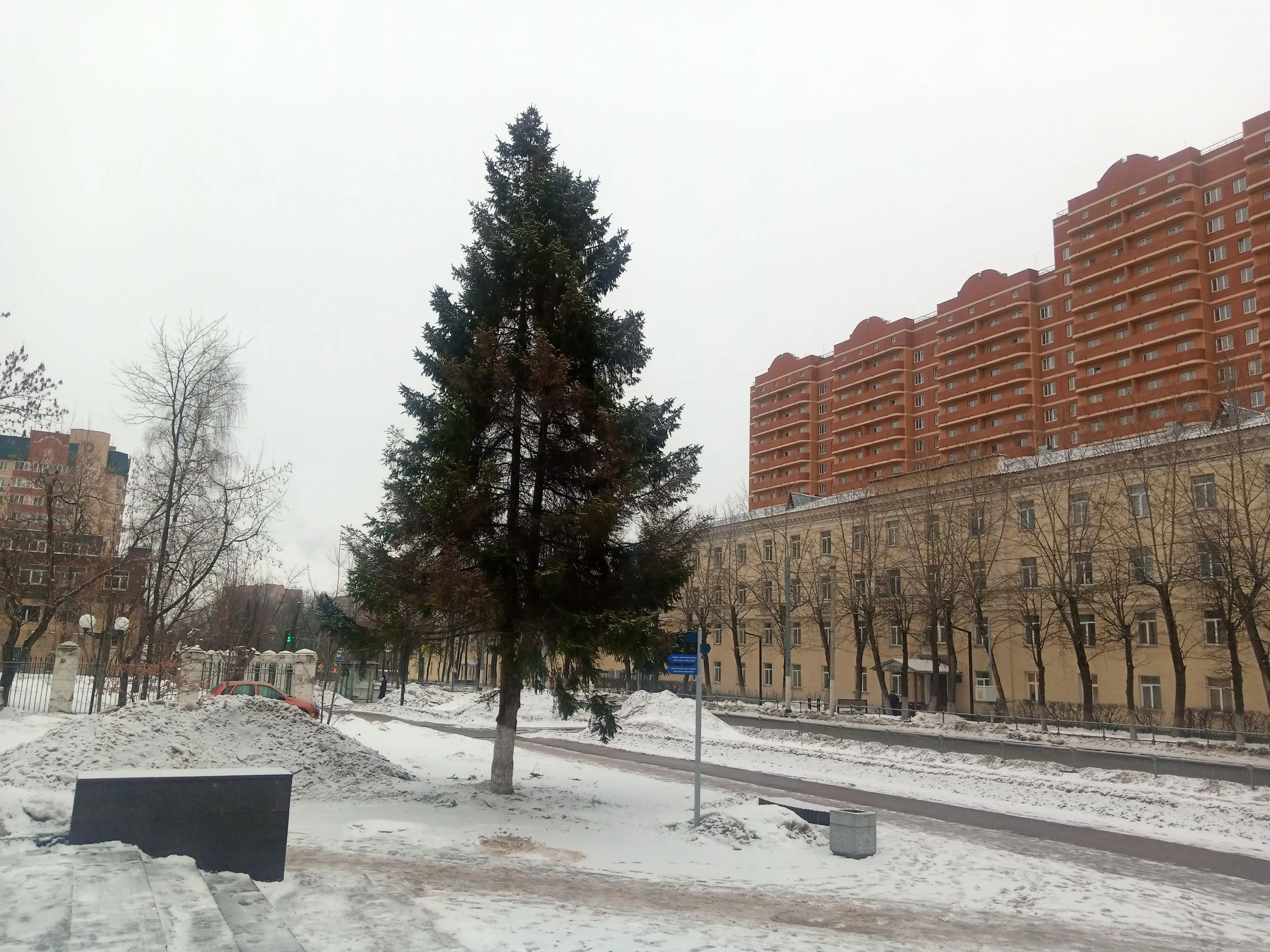
So the question is, how do they survive extreme colds without dying? Besides the above, some of them do maintain their green colours while some simply do not. If you are inquisitive as I am and you want to find out some amazing mechanism behind the adaptation of the trees to different weather conditions, then sit tight and enjoy the read.
In the course of my small surf, I discovered that trees have various mechanisms of surviving and adapting to different weather conditions. Be it extreme cold or extreme heat, there are those that will always stand out. This goes to say that, the type of trees you find in an area or a geographical location somewhat has something to do with the climatic condition of that area. By natural selection, it is believed that living things that cannot survive or adapt to a particular stress factor that is common in an environment, tend to phase out over time, leaving behind the ones that can withstand the pressure.
These strategies for survival are what we will holistically look at today. The first on my list is the growth habit. Some trees are adapted to growing in cold climates and have evolved to grow more slowly and conserve energy in harsh (extreme cold) conditions. Some also have very small leaves and shed them once winter is approaching. Shedding of leaves mostly happens during the fall season. It makes much sense because, the smaller their leaves, the better for them, as it reduces their surface area and helps them conserve energy by reducing water loss.
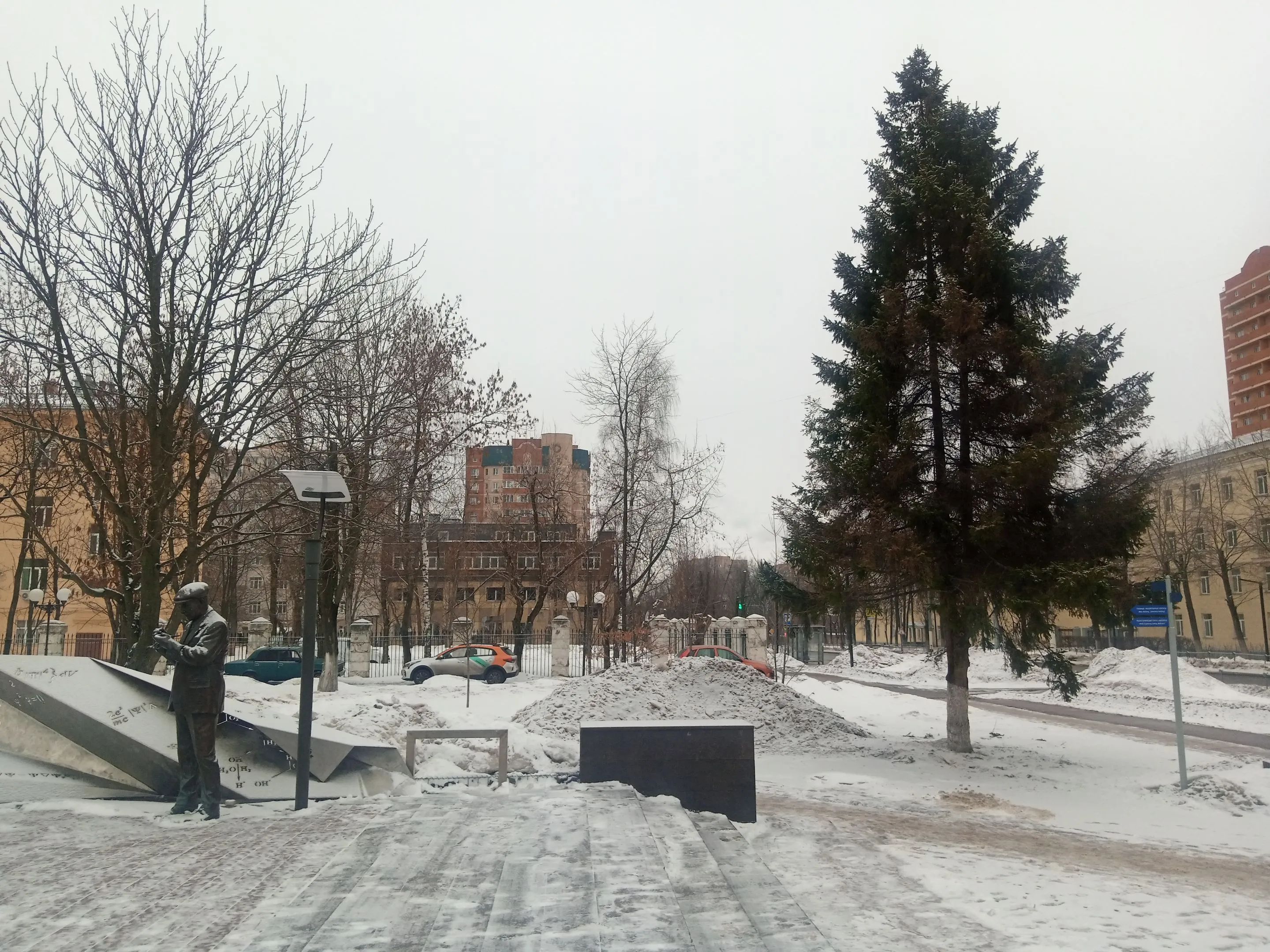
However, some have may have leaves and still do not shed them in any condition. Hence, they remain evergreen. Their leave is usually spine-like in shape with pointed edges. This explains why you would see some trees looking greenish while others look dry or as if they are dead.
In addition to the growth habit of these trees, they generally have wider bases that help them in terms of stability and the ability to withstand extremes of cold winds. Some examples of these trees are the alpine fir, Krummholz spruce, Northern white cedar, and subalpine fir. You probably won't see trees with flamboyant leaves around areas where you have these sets of trees. Hope it makes sense now. Ok, let's look at others.
Another adaptation mechanism employed by trees in places known to have extremely cold climatic conditions is called Dormancy (state of temporary inactivity). Yeah, I think this clearly explains why the trees ironically look dead. Trees are known to enter a state of dormancy during the winter, and during this period, their metabolic activities are drastically reduced and growth is also stopped as a result.
Talking about metabolic activities, one major one that comes to mind is photosynthesis (the production of food and nutrients in the form of starch by the leaves in the presence of heat - sunlight using water and carbon dioxide). Another important question in this regard is that if they go into dormancy during winter and have reduced metabolic activities, how then do they survive for the long duration of the winter period, which can last for as long as 90 days on average?
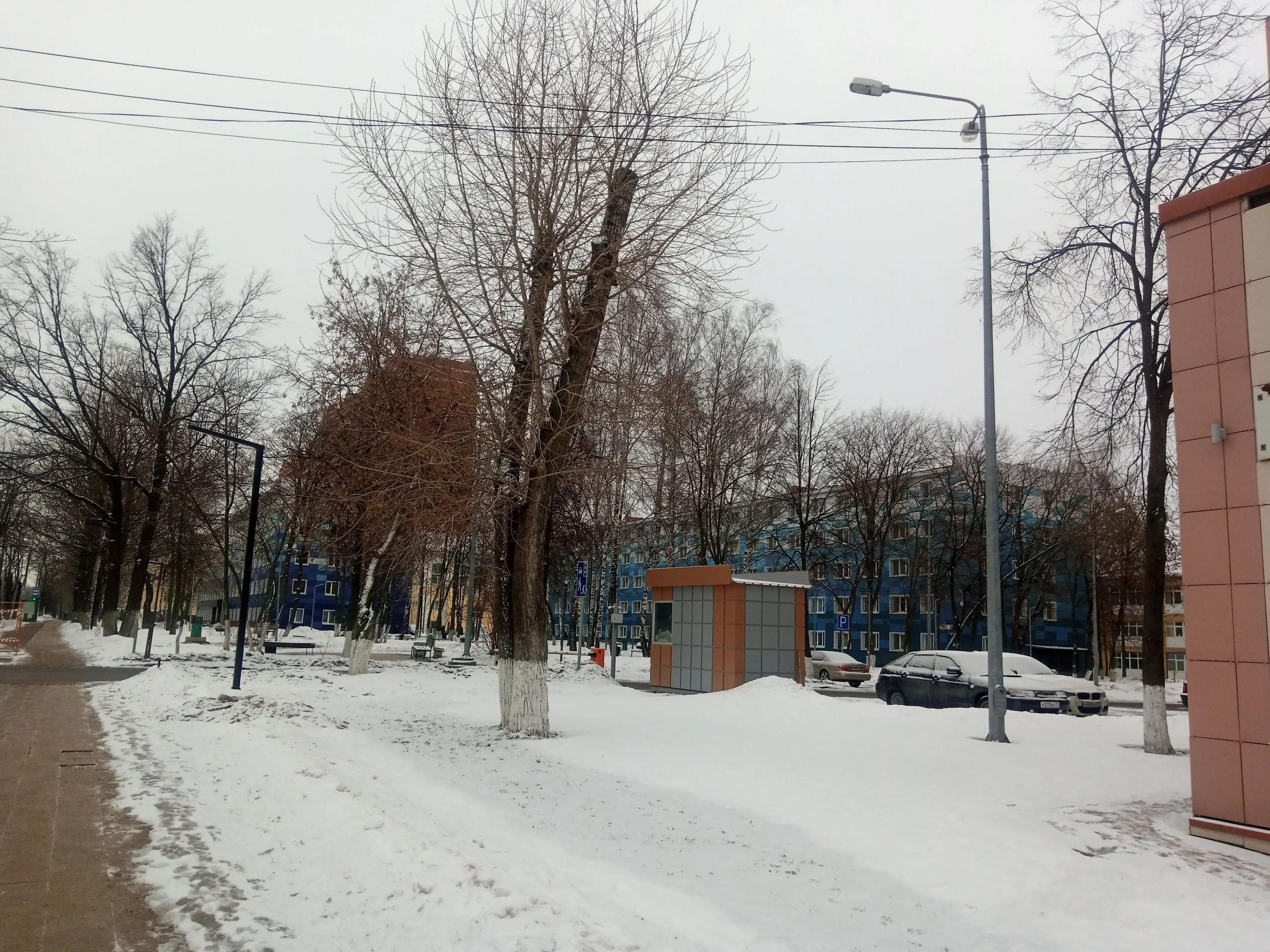
Trees actually have the ability to store their food and nutrients in various parts of their body throughout their lifetime and seasons. Mainly, the branches and roots are the commonly known places. What happens during winter is that, when the above-ground parts of the tree become dormant, the roots will continue to function and absorb nutrients from the soil. These nutrients (carbohydrates) are stored in the roots, trunks, and other underground structures, where they can be used to support the tree's growth when it resumes in the spring.
So throughout the winter season when photosynthesis is not possible, they heavily rely on their stored nutrients while also maintaining a drastically reduced metabolic activity in order not to run out of food reserve. So, sun or no sun, it does not matter to them at this point. Indeed, this is a typical case of, if you don't have what it takes to survive, you die!
Interestingly, most of these trees have a very deep tap root system that enables them to reach deeper into the soil to absorb nutrients and water. So the absence of surface water definitely will not be a problem for them. Wait, there is more! Some of the also form what is known as Snow traps. What this does is that it helps insulate important parts of the tree like the trunk that may be prone or susceptible to damage by extreme weather conditions. This particular type of adaptation is seen more commonly with evergreen and Coniferous trees, such as pine and spruce.
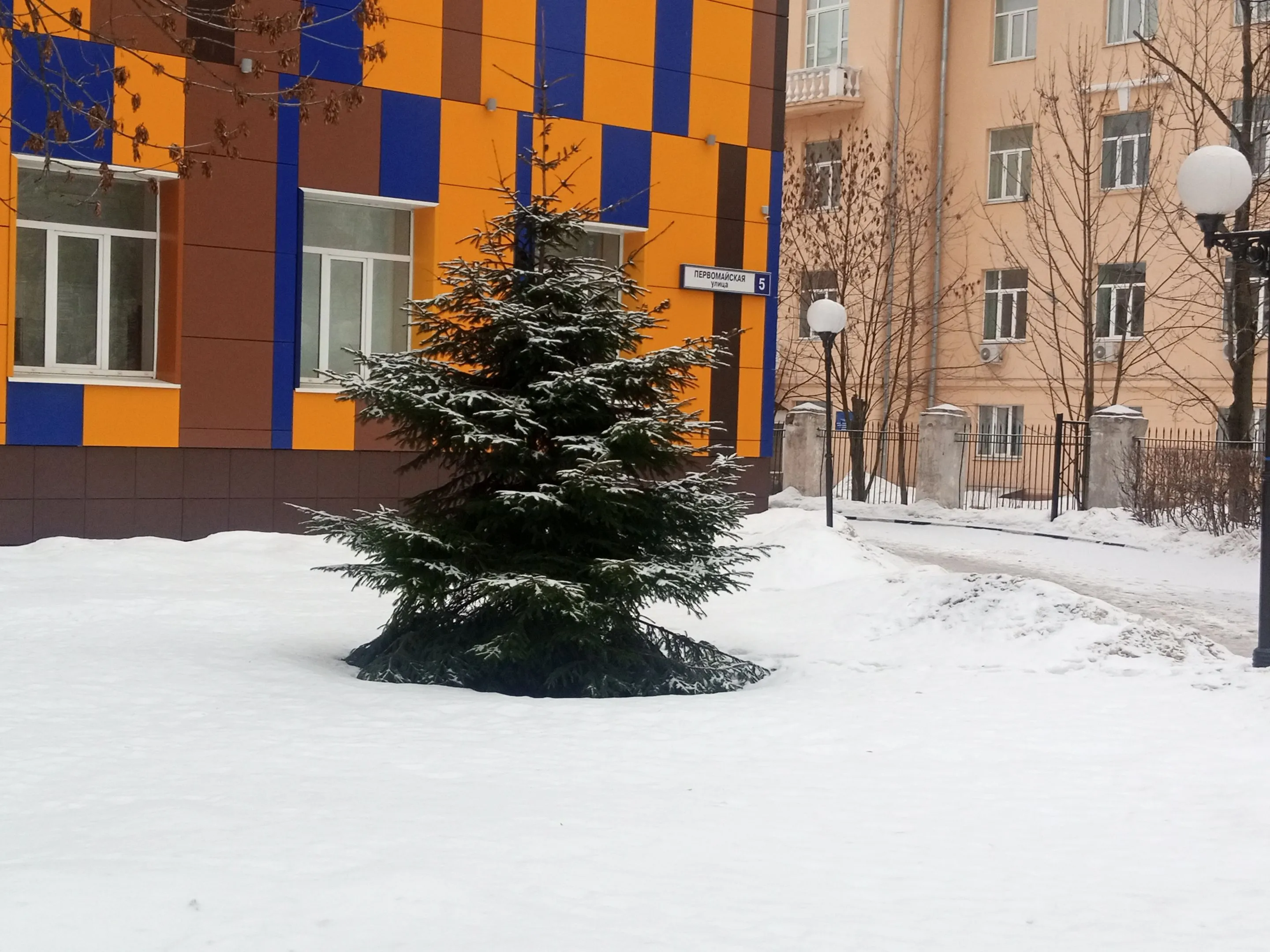
The matured ones have branches that tend to extend downward thereby creating a layer of snow that can serve as a protection and barrier for the tree's trunk and roots against direct exposure to the cold. This way, these parts of the tree are less exposed to unfavourable weather conditions. In addition, most of these trees also have very strong leaf insulation. Their foliage may be present and green, as can be seen in the image above but, it is tightly packed and highly insulated to prevent and reduce their exposure to extreme cold.
The ones that shed their leaves during winter are generally referred to as deciduous trees, and also have a way of adapting to the weather, besides shedding their leaves during the fall season, there is more. Most of them have very strong thick barks(the outer part of the tree that offers it protection from the outside world). This strong and very thick back helps them not only withstand harsh weather conditions but also helps them retain water by preventing any form of transpiration.
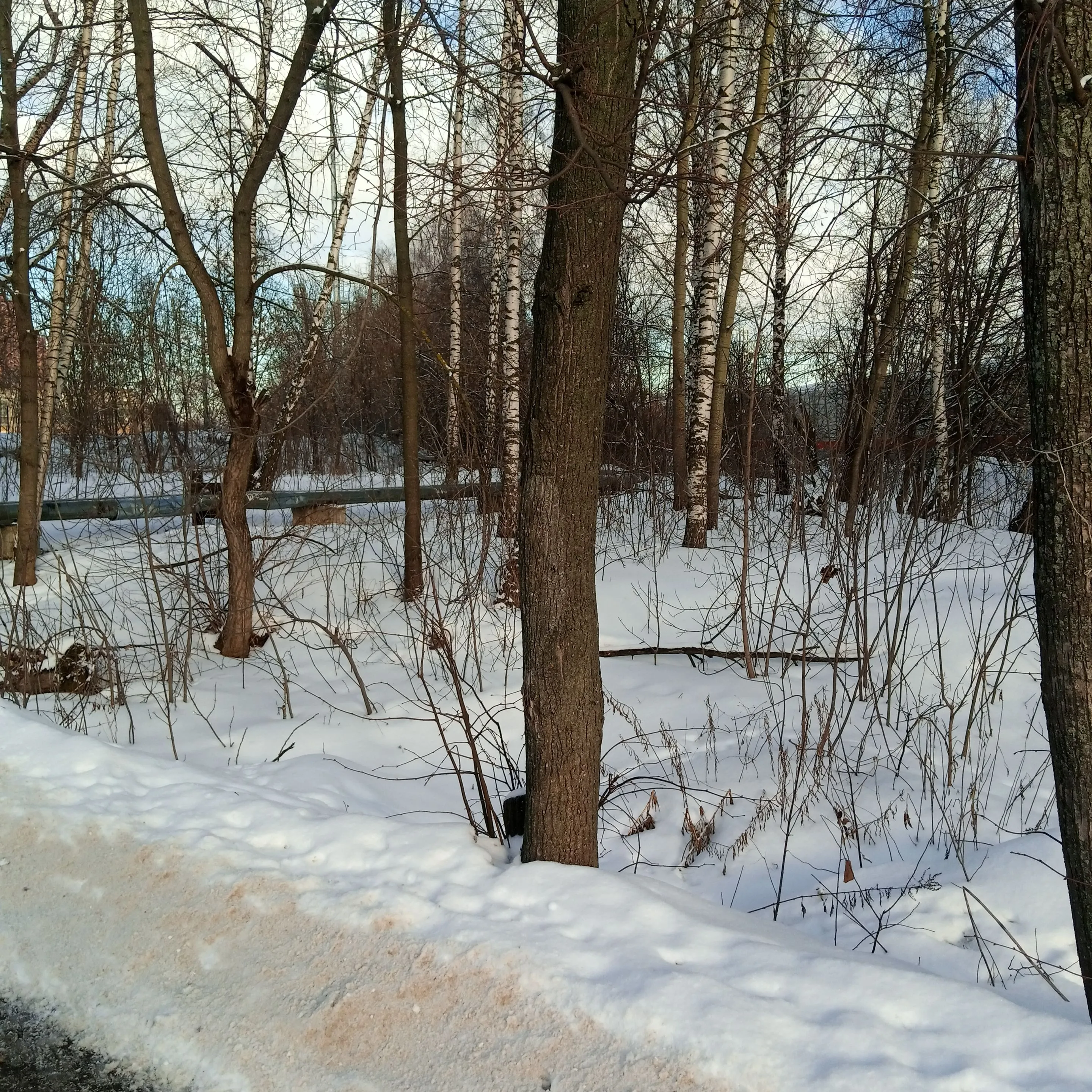
The next one I found more amazing is the fact some of them produce chemicals that act as antifreeze. This just drew my mind back to some chemicals, (DMSO - Dimethyl Sulfoxide) for example that we use in the laboratory to store cells and cell lines in order to prevent them from dying or being damaged by extreme cold temperature storage of about -80 degrees Celsius before taking them further into the liquid nitrogen storage. Chemicals like this that are able to protect cells are generally referred to as cryoprotectants.
Cryoprotectants work by simply penetrating the membrane of the cells and excluding water from them. They reduce the melting point of water and as result reduce the formation of ice. Ice formation can cause cell damage and death. So if allowed to form inside the cells, the chances are high that none of the cells will be alive. Agents like glycerol, ethylene glycol, and propylene glycol are also good cryoprotectants.
Interestingly, some trees produce some of these chemicals. The commonly known one produced by these trees is glycerol. The trees produce this cryoprotectant as a measure to avoid damage to their cells. Their glycerol content acts similarly just like an antifreeze which in their case, lowers the freezing point of their sap and consequently prevents damage to their cells. It is quite interesting how nature works!
Aside from trees, even grasses also have their own special features of also surviving harsh cold temperatures. They may not have a very deep tap root system like the trees, but they sure have interesting adaptation mechanisms. It is unquestionable that grasses contain some antioxidants. The likes of ascorbic acid (vitamin C) and tocopherols (vitamin E). Just as their general name implies, they protect the grass from oxidative stress resulting from unfavourable weather conditions and also help them recover fast.

The major molecule I found more interesting is the production of ribulose-1,5-bisphosphate carboxylase/oxygenase (RuBisCO) by grasses. This is a photosynthetic protein that helps grasses to carry out photosynthesis and generate energy despite the absence of sunlight or no sunlight at all. Isn't this amazing? No wonder, at every slightest increase in temperature, you see them turn green in no time. The image above is a beautiful football stadium with natural grass that has been totally covered with snow. Once winter is over, you see the grasses come back greener than ever.
Furthermore, grasses are known to have chaperones (aka Heat shock proteins). In animal cells, these molecules help and assist in the proper folding of nascent proteins and prevent any form of aggregation. Similarly, in plants, these molecules also help protect the plant cell and help them fold properly without damage during winter. As if this is not enough, grasses also have what is known as Dehydrins.
These are proteins and they also perform a similar role as the bark of the tree by preventing dehydration of the grasses. This protein gives the grass the ability to withstand extremely cold temperatures without any damage to the plant cells. It naturally strengthens their cell membrane. The last is a kind of plant hormone (phytohormone) called Abscisic acid. It performs a similar function as the antioxidants and helps the grass recover quickly after the winter season.
So what sup with the cracking sound? So what is it about the cracking noise I hear sometimes, during the early hours of the morning? Upon further search, I found out that the cracking sound I do hear was indeed actually emanating from the trees behind my dormitory after careful investigation. Lol, yeah, that's how far curiosity can take me.
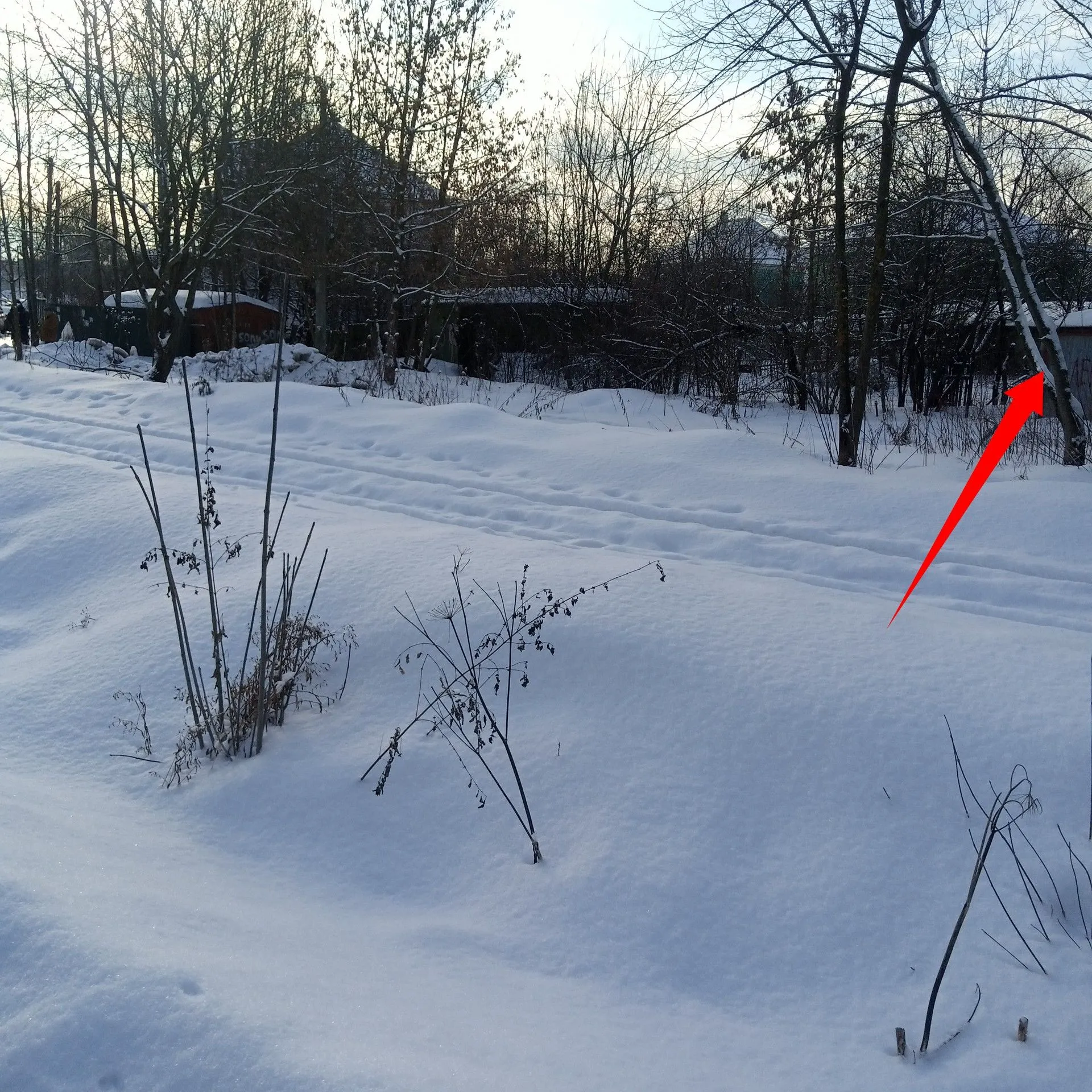
The image directly above reveals a tree that has already cracked as a result of extreme weather. This cracking is a phenomenon termed "frost cracking" and it is known to occur whenever the water in the cells of the tree bark freezes. By theory, freezing of water results in water expansion. Similarly, in this case, the water in the tree's bark once frozen exerts great pressure on the bark of the tree, thus causing it to crack. This cracking is accompanied by a loud noise that can be heard well, especially at night or early morning hours.
Some of the trees as a result of intense cold could still bend and even break if the weather is accompanied by wind. Though these breaks may not be permanent because they may still be repaired by the tree itself during spring or summer. Though this is a slow process but, it is still achieved gradually by the tree within a year.
So this sums up all there is to know about how these trees adapt to extremes of weather conditions. Nature is indeed amazing. Hope you learned something new today. Alright, permit me to leave you now. See ya!
Note: All images used in drafting this article are solely mine. All were taken using my phone camera.
References •A compendium of temperature responses of Rubisco kinetic traits: variability among and within photosynthetic groups and impacts on photosynthesis modeling •Contrasting survival and physiological responses of sub-Arctic plant types to extreme winter warming and nitrogen •Monitoring of Freezing Dynamics in Trees: A Simple Phase Shift Causes Complexity •Plant adaptation to cold climates •Rapid responses of plants to temperature changes •Adaptation to seasonality and the winter freeze •Heat Shock Proteins in Association with Heat Tolerance in Grasses •Stress in native grasses under ecologically relevant heat waves •Hiding in plain sight: the F segment and other conserved features of seed plant SKn dehydrins •Rubisco activities, properties, and regulation in three different C4 grasses under drought
Return from So what is it about Deciduous and Evergreen trees that make them survive extreme cold temperatures? to cyprianj's Web3 Blog

